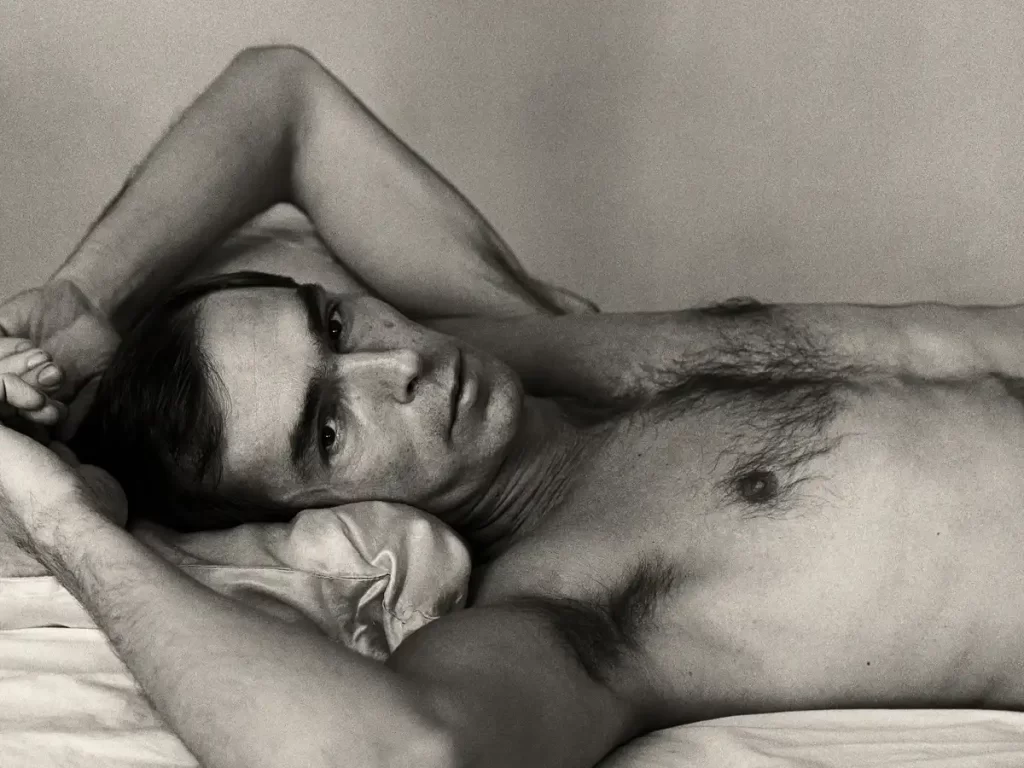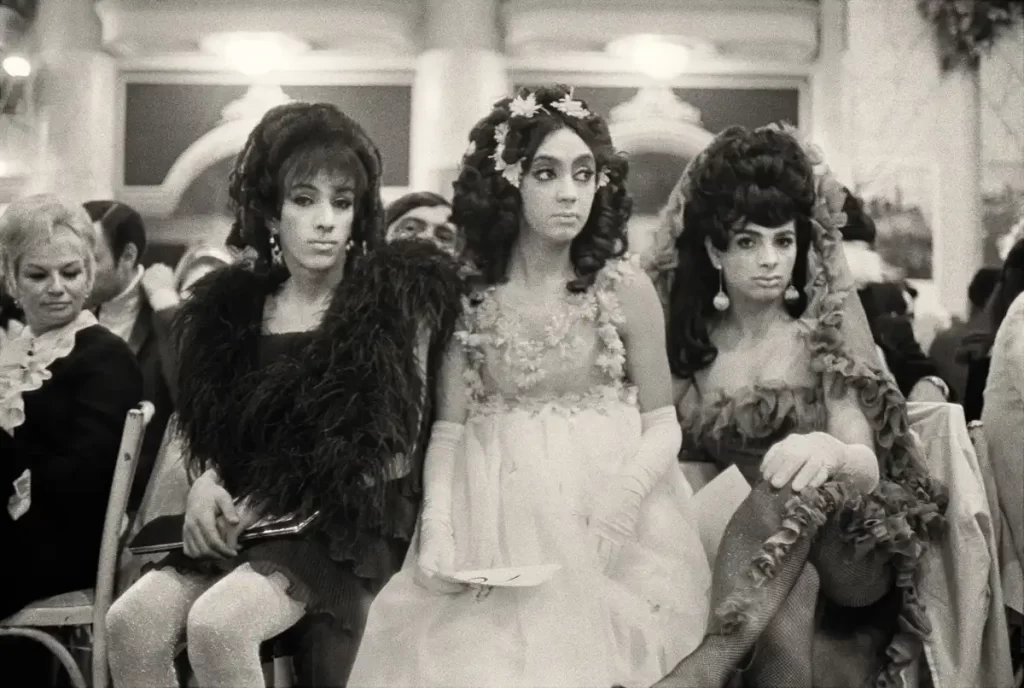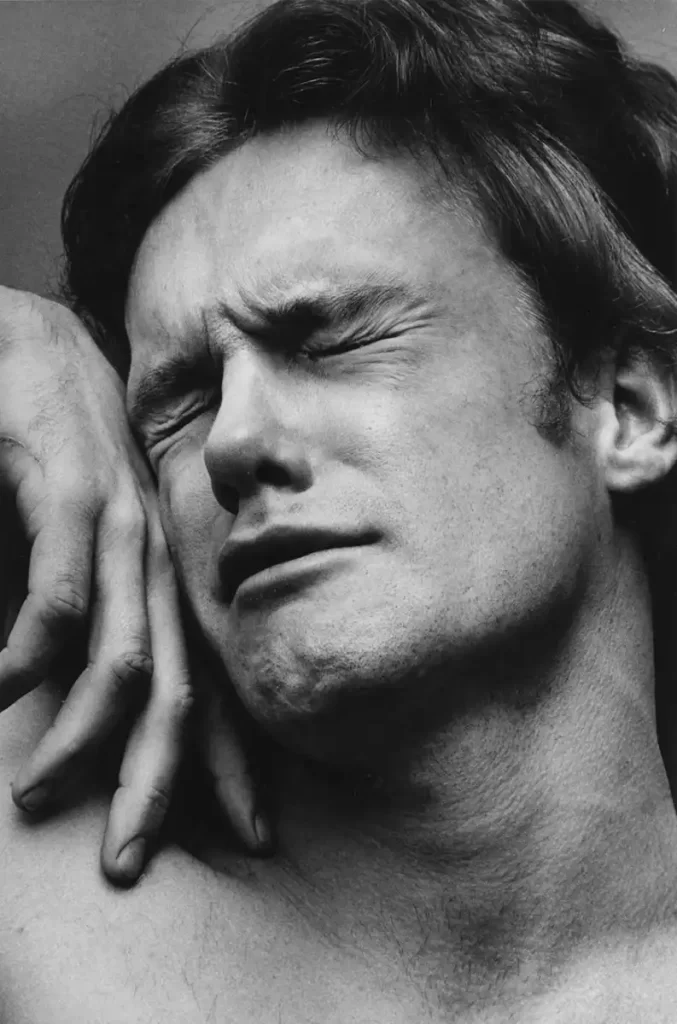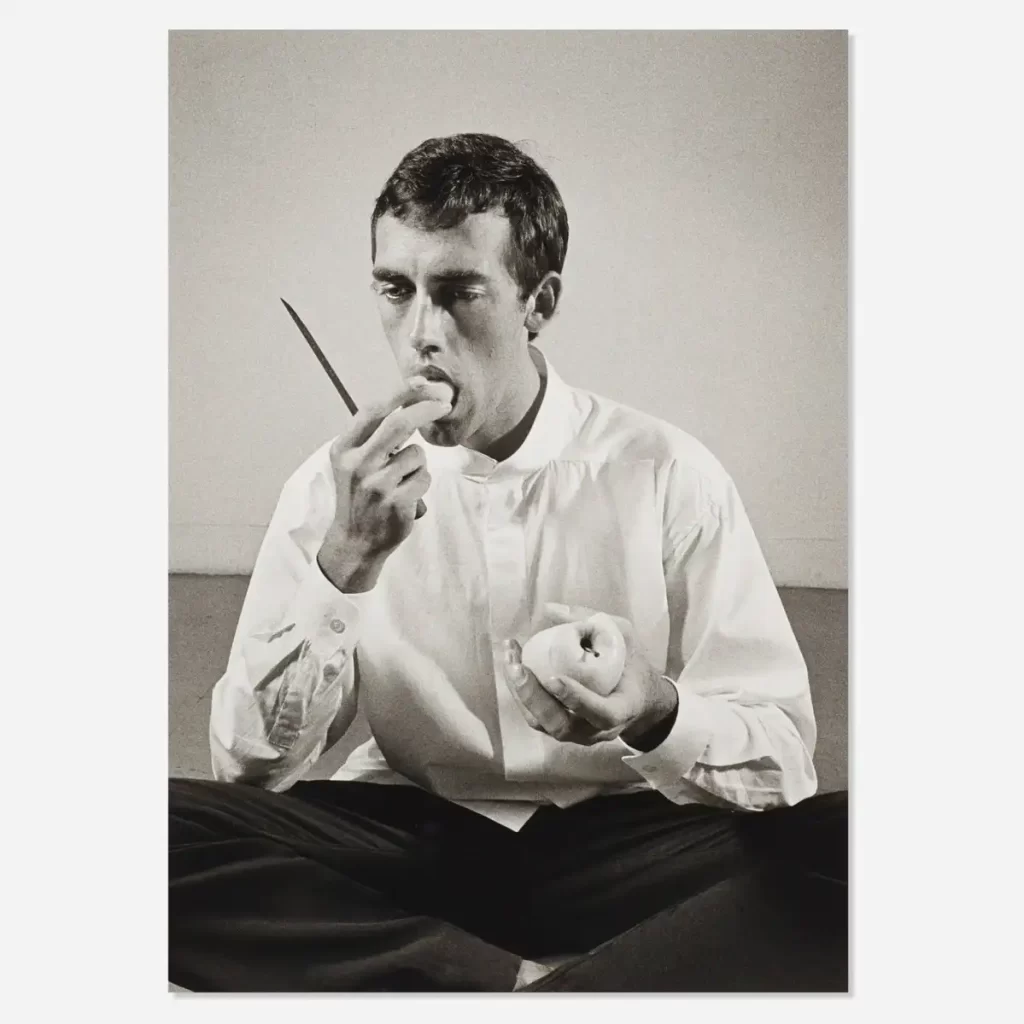A Consolidated Peter Hujar Biography
Peter Hujar, a groundbreaking photographer known for his raw, intimate, and evocative images, has left an indelible mark on the art world. His work spans decades and offers a powerful exploration of identity, vulnerability, and the human experience, particularly in the context of queer life, death, and the AIDS crisis. Today, we recount Peter Hujar’s photography and his life as an artist.
Peter Hujar Artist Beginnings
Peter Hujar was born in 1934 in New Jersey. After getting his first camera in 1947, he enrolled on a photography course at the School of Industrial Art, in New York in 1953. It was here that he honed his nascent photography skills. By 1957, he had come to produce museum-quality, gelatin silver print photography.

Peter Hujar Art Style
His journey as a photographer began in the 1950s, but it was Peter Hujar’s 1970s art, which captured the attention of the audiences with his deeply personal and emotionally charged narrative. Peter Hujar was very interested in capturing the portraits of downtown NYC, with its pulsating cultural icons, subcultures, and complexities. Peter Hujar’s queer art chronicled the intimacy and vulnerability in photography.

Peter Hujar’s photography wasn’t just about taking photos—it was about capturing the essence of the subject and the context in which they lived. His portraits are often described as intimate, tender, and sometimes haunting, offering an unflinching view of human vulnerability. He was a master in blending queer art and identity in just one particular frame.

His images often depict individuals in moments of vulnerability, confronting mortality, or expressing intimate emotions. Whether it was Peter Hujar’s portraits of friends or his intimate photographs, he posited the question of human experience, queer art and identity. His preferred medium was gelatin silver print photography, a technique that allowed him to achieve high contrast in his black-and-white photography. The stark black-and-white contrasts in Hujar’s photographs often reflect the stark realities of life—both beautiful and tragic. His images explore themes of death, sexuality, love, and loss, which resonate with people from all walks of life.
Peter Hujar AIDS Art
Peter Hujar’s queer art also intersected with a pivotal moment in history—the AIDS crisis of the 1980s. His boyfriend David Wojnarowicz And Hujar, both were immersed in this social revolution aimed at dismissing the stigma associated with the disease and queer people. Alas, both David Wojnarowicz and Hujar died from AIDS-related complications.

Peter Hujar’s influence on queer art and identity is undeniable. His photography is often celebrated for breaking down barriers and showing a raw and honest portrayal of queer life. The themes of homoerotic intimacy and vulnerability in photography are central to his work, as he often explored the complexities of human relationships and sexuality in ways that were ahead of their time.
1. Peter Hujar Candy Darling On Her Deathbed
In the 1970s, Peter Hujar’s queer art documented the streets and people that he felt made New York unique. Peter Hujar’s Candy Darling on Her Deathbed, created at her request, depicts the transgender icon at the end of her life, in a hospital, as she passes away from lymphoma at the age of 29. Her own meticulously applied makeup, the lighting, and the beauty of the flowers surrounding her all contribute to the intention behind the creation of this piece. Without hesitation, Hujar faces her suffering and death’s inevitable conclusion with his unique humanity and accuracy. Candy strikes a vampish pose with her face heavily makeup, while a lone rose rests on the bed beside her.

2. Orgasmic Man Peter Hujar
Peter Hujar’s Orgasmic Men series captured subjects at their most vulnerable and pleasurable moments in 1969 by taking bust portraits of various men in the middle of the climax. The camera made a private act visible to the public and increased the moment’s intensity of the moment. It used both still and moving images to explore the construction and performance of masculinity. Even though orgasming for the camera was a performance in and of itself, Hujar’s shutter was pressed the instant his sitters left.

3. Peter Hujar’s David Wojnarowicz Photography
During his time with Wojnarowicz, he took several photographs of him. Two of his photographs became extremely popular. In one, he is supported by a mussed pillow in Hujar’s image of Wojnarowicz lounging, his body angled toward the observer and accentuated with shadows. Many of Hujar’s depictions of Wojnarowicz are dominated by this kind of sensuality. The paring knife in his hand was a sliver of danger as the photographer photographed his subject smoking a cigarette and indiscriminately eating the skin of an apple.

4. Portraits In Life And Death Peter Hujar
Portraits in Life and Death by Peter Hujar is the only book written by him, which was released in 1976. The book includes 11 photographs of Palermo’s catacombs and 29 portraits of his friends that were taken between 1974 and 1975. The book contrasts pictures of decaying human forms with the faces of legendary people like Robert Wilson, Fran Liebowitz, Edwin Denby, Divine, John Waters, and Diana Vreeland.

Image Courtesy – The Art Story
Contributor






